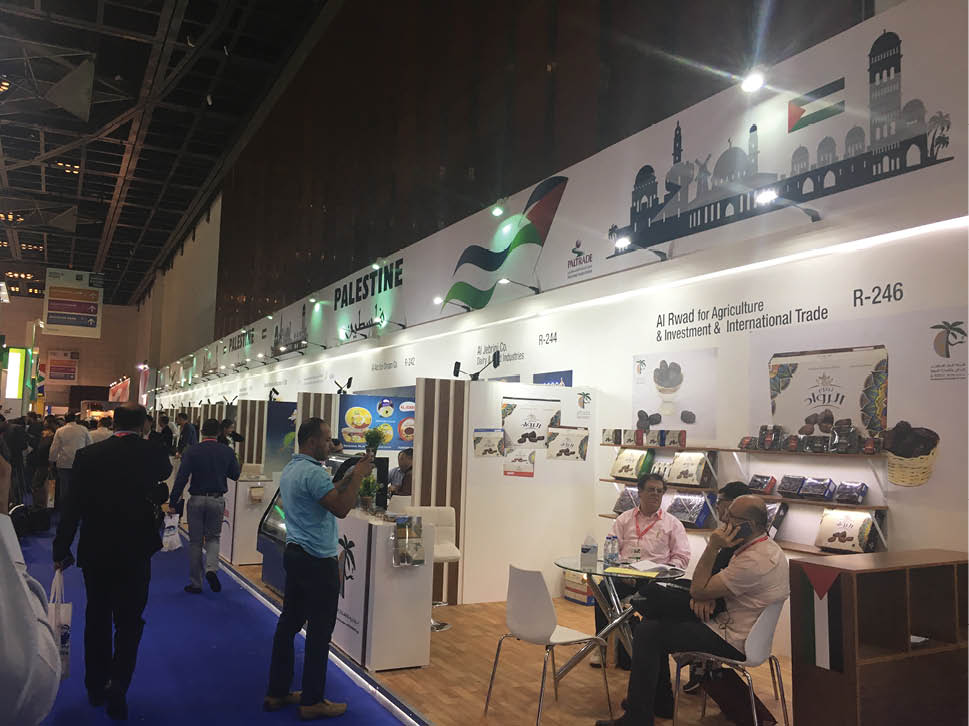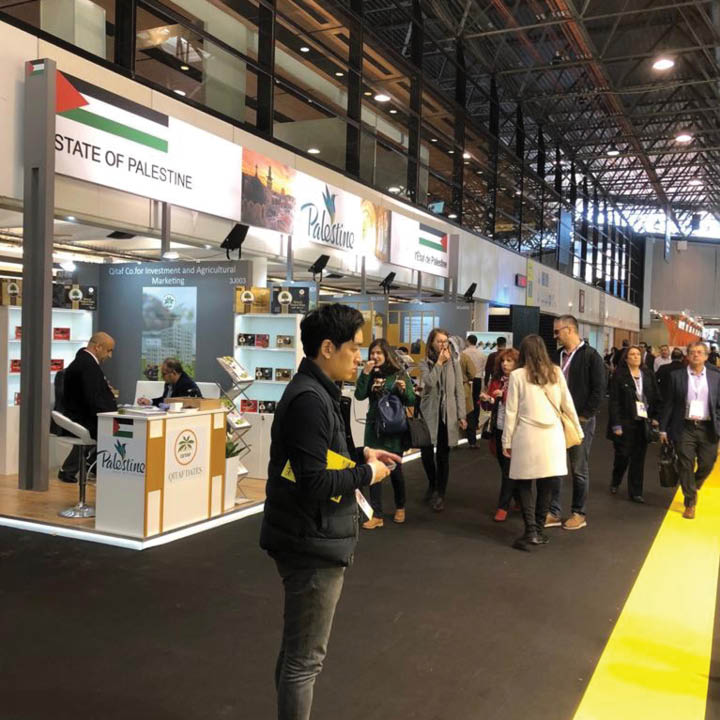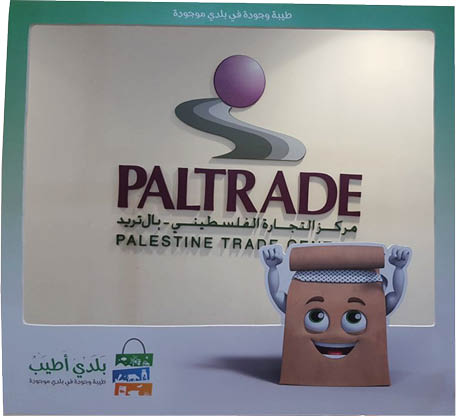As the first infected cases with COVID-19 started to emerge in Bethlehem back in March 2020, PalTrade took precautionary steps, through its department of trade policies, and embarked immediately on planning for and thinking about the post-crisis phase, even though the crisis had not yet occurred. It was clear enough at the time that a crisis was inevitable.
In light of the real challenges faced by Palestinian exports and given the strategic importance of these exports, it was essential to join forces and make a concerted effort to face these challenges together during the crisis and overcome them. While prior planning and precautionary measures are vital in mitigating the risks, measures for the post-risk phase are equally important if not more so when considered in the context of a global environment and the anticipated change that could affect the overall global economic system. Since Palestine is part of this specific system through its foreign trade with the world, this requires preparedness and out-of-the-box thinking. The market cannot accommodate a state of vacuum. Therefore, the real challenge is in how to secure a quick recovery rather than wait for everyone to recover and pick up speed. Thus, the plan is premised on the principle that “the loser is the one who fails to recover first.” And of course, domestic demand on our products is also very important. The recovery work is carried out in full partnership with our partners in the Ministries of National Economy, Tourism and Antiquities, and Agriculture, in addition to PCBS and private-sector partners, with the main player being the Palestinian exporters. They all must engage to collectively revive exports and strengthen the resilience of Palestinian export activities. Rendering the sector more capable of facing the challenges is what the plan aims to realize.

For touristic exports, a recovery plan was developed in partnership with the Ministry of Tourism and Antiquities as well as with all relevant private-sector partners, such as the Arab Association of Hotels, the Holy Land Society for Incoming Tourism, and other companies that work on incoming tourism. Due to the repercussions of the spread of the pandemic globally and its relative spread in Palestine, incoming tourism suffers complete paralysis. This crisis has been created by a global pandemic whose status and geographic spread make it difficult to predict a specific time frame regarding its end, the extent of its expansion, or even the emergence of other repercussions – and every attempt to do so is merely conjecture. It is clear, though, that at a minimum, no tourist activities will take place in 2020. The tourism sector lost approximately 884,000 clients and at least 2.3 million hotel nights in 2020. Given the minimum total amount of spending by incoming tourism in the Palestinian territories, the total losses are estimated at US$1,228,000. This includes direct costs and all spending throughout the value chain of incoming and domestic tourism, affecting workers in the associated industries, such as reservation services and related activities, travel agencies, tour operators and organizers, accommodation, restaurants, beverages, the sale of wooden souvenirs, and creative arts and other entertainment activities. It should be noted that tourist spending on the aforementioned items is considered a source for the recovery of significant economic activities in the field of touristic services and goods.

As the market cannot accommodate a state of vacuum, and the losers are the ones who fail to recover first, PalTrade began to plan for recovery even before the crisis fully erupted.
For agricultural and industrial exports, efforts are currently under way for the development of recovery plans. They reflect the top export-related priorities and are being developed with the aim to create recovery opportunities that strengthen the resilience of Palestinian exports. Thus, the two-fold plan involves precautionary and recovery-related measures that reflect Palestinian priorities for a post-crisis jump start.
Recovery is a joint effort that involves Palestinian exporters, the Ministry of National Economy, the Ministry of Tourism and Antiquities, the Ministry of Agriculture, PCBS, and private-sector organizations
The four most important agricultural exports, namely dates, olive oil, fresh and preserved herbs, and cucumbers, accounted for 9 percent (US$109 million) of the total amount of Palestinian exports in 2018, which was approximately US$1.155 billion. Regarding Palestinian exports as recorded between 2010 and 2019, the total exports have doubled over the last ten years, i.e., they have achieved a 100 percent increase over this time period. Dates, olive oil, and fresh herbs are exported outside the customs zone to many countries around the world, unlike cucumbers that primarily target the Israeli market. Besides the general threat that the exports of the agricultural sector face as a result of the Israeli occupation and its arbitrary measures, as was the case a few months ago when Israel banned the export of all agricultural products, the sector is currently severely impacted by the repercussions of the COVID-19 crisis. It is important to stress here that the competitive advantage of Palestinian companies in external markets has been developed over a long period of time, but the market cannot accommodate a vacuum. Thus, saving Palestinian exports is considered a strategic priority, given their importance in bringing in foreign currency and employing large numbers of workers, among other factors.
The interventions sections in each of the various recovery plans currently being developed include the following four phases:
– Urgent interventions during the crisis
– Preparatory interventions that serve as inputs for the next phase
– Actions during the post-crisis phase
– Time frame and estimated costs
These plans will be announced as soon as they are completed.
Because of the current lack of clarity, several simulations of different scenarios have been developed that ask the question “What if?” based on the realization that the post-crisis recovery will not happen in one single step and cannot be isolated from expected possible obstacles. The various scenarios are characterized by their flexibility and ability to interact and respond to expected changes and variables, keeping in mind that more than one scenario can manifest itself simultaneously.

This article was translated from Arabic by Areej Duaibes.


